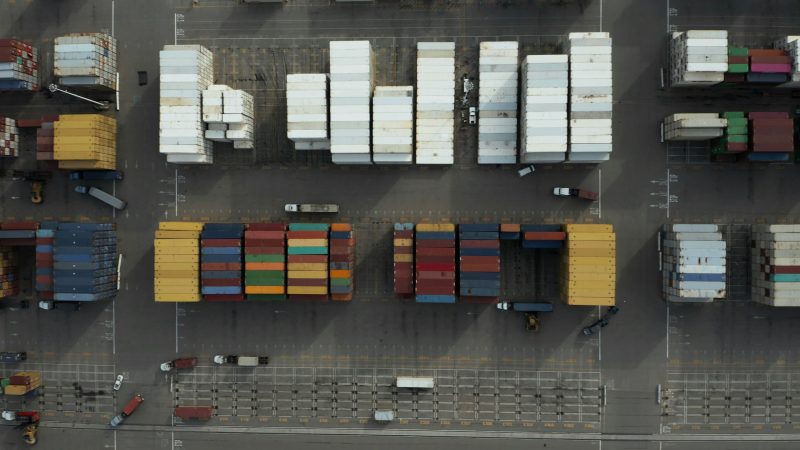When it comes to safeguarding goods during long-distance transportation, businesses are often confronted with a critical decision: whether to opt for stretch wrapping or strapping. This choice plays a vital role in ensuring that products arrive at their destination securely and without damage and requires careful consideration of the specific nature of the cargo, the journey it will undertake, and the potential risks involved.
Why Compare Stretch Wrapping and Strapping?
Although fundamentally different, stretch wrapping and strapping share a common goal: to secure and stabilise palletised loads effectively. The choice between these methods often hinges on the nature of the cargo, the handling conditions, and the specific objectives of the shipping process. While lighter loads may require only one of these solutions, heavier or more unstable shipments might benefit from a combination of both to ensure maximum security.
Understanding Pallet Strapping Systems
Pallet strapping is highly versatile, accommodating everything from manual operations to fully automated systems. This method is essential for unifying and stabilising loads through the application of horizontal and vertical tension. Key types of strapping include:
- Horizontal Strapping: This technique compacts the load and secures it horizontally, crucial for preventing shifts during transport.
- Vertical Strapping: This strategy anchors the load to the pallet base, enhancing stability throughout the shipping process.
Exploring Pallet Stretch Wrapping Systems
Stretch wrapping is renowned for its adaptability and protective qualities. It tightly secures and shields the palletised load, encompassing it from the base upwards to prevent dislodgement and damage. Key benefits include:
- Automatic Stretch Wrapping: Offers rapid, consistent wrapping, enhancing process efficiency and load security with added reinforcement features like the roping device, which provides additional stabilisation.
Should You Strap If You Wrap?
While stretch wrapping often suffices for stabilising loads, certain scenarios — such as transporting unusually shaped items or extremely heavy goods — might require the additional support of strapping. This dual approach ensures the highest level of security and stability for the cargo.
Comparative Advantages of Strapping and Wrapping
Strapping Advantages:
- Stability and Safety: Offers superior load containment and safety, particularly for heavy loads.
- Cost-effectiveness: Generally, more economical due to the lower consumption of materials.
- Environmental Impact: Generates less waste and often involves recyclable materials, promoting sustainability.
- Presentation: Provides a neater appearance when products do not require protective wrapping.
Wrapping Advantages:
- Gentle on Delicate Loads: Exerts less tension, making it ideal for fragile or sensitive items.
- Versatility: Adapts easily to irregular load shapes, crucial for varied logistical needs.
- Efficiency: Capable of securing loads effectively with a single system, particularly for light or stable palletised loads.
- Protection: Ensures comprehensive coverage, safeguarding the load from lateral damage.
- Additional Securing Options: Stretch Hood and Shrink Hood Systems
Beyond traditional strapping and wrapping, Stretch Hood and Shrink Hood systems offer advanced securing capabilities:
- Shrink Hood: Utilises heat to shrink the film tightly over the load, providing robust vertical containment.
- Stretch Hood: Employs a stretch film that conforms tightly to the load contours, facilitated by specialised application techniques for enhanced protection and stability.
Choosing between stretch wrap and strapping—or deciding to use a combination of both—depends on the specific requirements of the shipment, including load stability, handling conditions, and cost considerations. For optimal load security, it is crucial to assess the nature of the cargo and the demands of the transportation environment to select the most appropriate pallet securing method.
Whether opting for the reliability of strapping, the versatility of wrapping, or the advanced protection of hood systems, understanding the strengths and applications of each method is key to achieving secure, efficient transport of goods.










